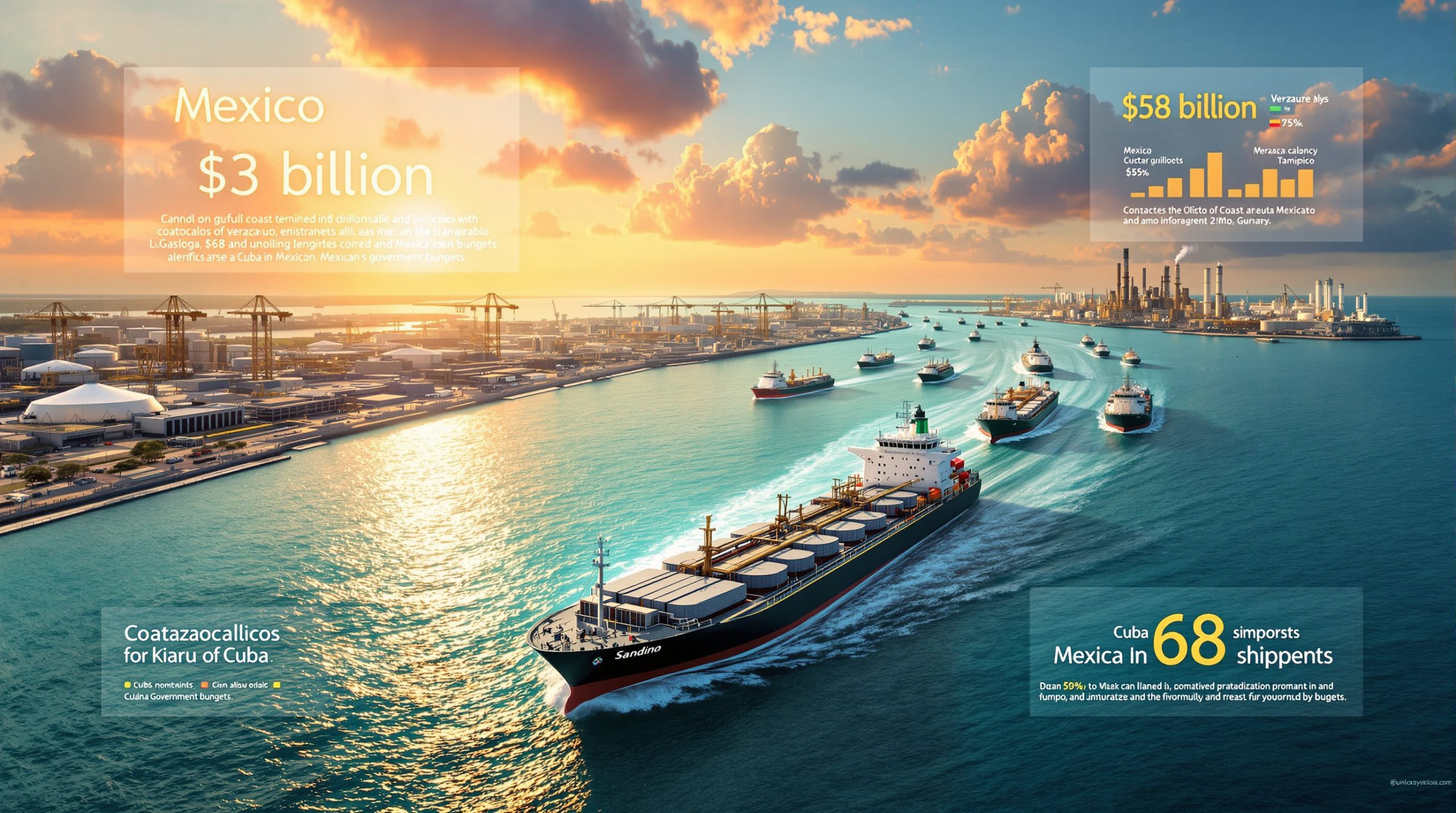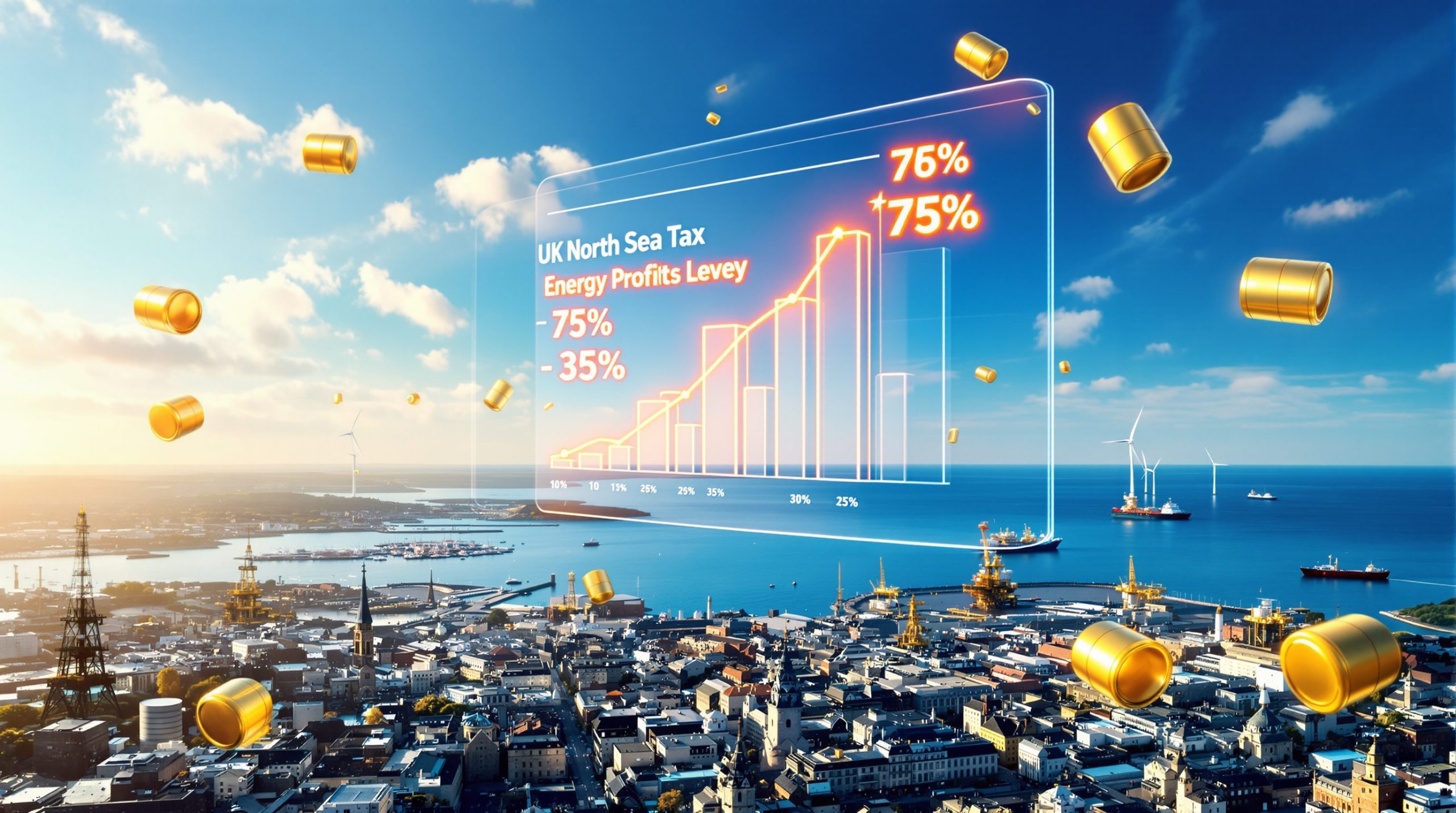What is the US-Australia Tariff Dispute?
The escalating trade tension between Australia and the United States marks an unprecedented shift in the traditionally strong alliance between the two nations. President Donald Trump has imposed a 10% tariff on Australian exports as part of his sweeping trade tariffs reshape global commodity markets, creating significant disruption in financial markets worldwide and becoming a major political flashpoint in Australia's upcoming federal election.
Understanding Trump's "Liberation Day" Tariffs
The "Liberation Day" tariffs represent a dramatic departure from the historically favorable trade relationship Australia has enjoyed with the United States. Both Australian government and opposition parties are now rushing to develop strategic responses to protect the nation's economic interests while preserving the crucial alliance.
The tariffs have sent ripples through Australian industries, with companies reassessing their export strategies and investors showing increased caution in resource sectors potentially affected by the measures.
Current Impact on Australia-US Trade Relations
"These measures destabilize supply chains and increase costs to consumers," warns Minerals Council of Australia CEO Tania Constable, highlighting the industry's deep concerns about the situation's potential long-term effects.
The Australia and US tariff dispute threatens the foundation of the Australia-US trade relationship, which has been characterized by relatively barrier-free exchange for decades. According to economic analysts, the timing of these tariffs is particularly challenging as Australia's resource and energy exports were already projected to fall by 6% due to broader geopolitical strains.
How is Australia Planning to Respond?
Australia's response strategy centers around leveraging its considerable natural resource advantages, particularly in the critical minerals sector where it holds significant global influence.
Critical Minerals as Strategic Leverage
Prime Minister Anthony Albanese has confirmed Australia is considering using its critical minerals resources as a negotiating tool in the dispute. This approach recognizes Australia's position as one of the world's leading critical mineral resource owners, with deposits of lithium, rare earth elements, cobalt, and other minerals essential to modern technology and defense systems.
The strategic importance of these resources cannot be overstated. The US is actively seeking to secure reliable critical minerals and rare earths supplies to reduce its dependence on China, which currently dominates global supply chains. Australia's significant boost in critical minerals investment gives it considerable potential leverage in negotiations.
Dr. James Morton, resource security analyst at Melbourne University, notes: "Australia possesses approximately 30% of the world's known lithium reserves and significant deposits of rare earth elements that are crucial for US defense applications, including precision-guided weapons and night vision systems."
The Critical Minerals Strategic Reserve Proposal
In a bold strategic move, Australia plans to establish a critical minerals strategic reserve in the coming weeks. This initiative would involve stockpiling resources and potentially restricting their export – creating a powerful negotiating position by controlling supply of minerals essential to US manufacturing and defense industries.
The timing of this proposal is particularly strategic, coinciding with increased US efforts to diversify critical mineral supply chains away from China. Industry insiders suggest the reserve would initially focus on lithium, cobalt, and specific rare earth elements where Australia holds significant market share.
The reserve concept draws inspiration from strategic petroleum reserves maintained by major economies but represents an innovation in applying this approach to critical minerals. Estimates suggest the reserve could require initial investment of AU$1.2 billion to establish effective market influence.
What are the Industry Concerns?
Despite the potential strategic benefits, Australia's mining sector has raised significant concerns about the government's approach to using critical minerals as leverage.
Minerals Council of Australia's Position
The MCA has expressed significant reservations about the critical minerals strategic reserve proposal, stating it presents "significant risk for investors and miners alike." Industry stakeholders worry about potential market distortions and investment uncertainty that could result from government intervention in export markets.
Mining executives fear that even temporary export restrictions could damage Australia's reputation as a reliable supplier – a competitive advantage that has taken decades to establish in global markets. Some industry analysts suggest the approach could inadvertently benefit competitors in other regions who might position themselves as more dependable trading partners.
The proposal has created division within the mining sector itself, with some smaller producers seeing potential benefits from price stabilization while larger multinational corporations emphasize free market principles.
Potential Exemptions for Critical Resources
The MCA is actively advocating for exemptions for certain minerals from US tariffs, pointing to language in the tariff policy that provides exclusions for "energy and other certain minerals not available in the United States."
This likely includes a range of critical minerals and uranium, where domestic US production cannot meet demand. Notably, copper, pharmaceuticals, semiconductors, bullion and lumber articles have already received exemptions under the current tariff structure.
Industry analysts note that minerals with processing requirements exceeding US domestic capacity have the strongest case for exemption. Materials requiring specialized refining techniques, particularly those involving high-purity rare earth processing, fall into this category.
What Does This Mean for Australian Gold Exports?
Gold occupies a unique position in the current trade dispute, with implications for one of Australia's most valuable export categories.
Gold's Special Status in the Dispute
Gold exports to the US reached an impressive $4.6 billion in January 2025, representing over 85% of Australia's total gold exports. The precious metal appears to be exempt from the new tariffs, providing a crucial economic buffer for Australia's mining sector.
This exemption likely reflects gold's status as both a financial instrument and industrial commodity. The US financial system benefits significantly from maintaining unhindered access to gold price trends and investment insights, with the metal playing a crucial role in investment portfolios and central bank reserves.
The gold exemption provides Australia with continued revenue stability from at least one major mineral export category while negotiations proceed on other fronts.
Australia's Growing Gold Production Significance
Australia is on track to overtake both China and Russia in gold production by 2030, making the current tariff exemption particularly valuable from a long-term strategic perspective. The country's gold production reached 157 tonnes in Q4 2024, showing a 12% year-over-year increase despite challenging global economic conditions.
Western Australia's goldfields continue to yield exceptionally high-grade deposits, with several mines reporting ore grades above 8 grams per tonne – significantly higher than the global average of 1.46 grams per tonne, according to the World Gold Council.
This growing production capacity, combined with Australia's reputation for high environmental and ethical standards, positions the country to become an even more significant player in global gold markets over the coming decade.
What are the Broader Economic Implications?
The tariff dispute raises important questions about Australia's economic resilience and its position in evolving global supply chains.
Impact on Australia's Resource and Energy Exports
Australia's resource and energy exports were already projected to fall 6% due to broader geopolitical strains before the current tariff dispute emerged. The additional uncertainty created by US tariffs has prompted increased market volatility for Australian mining companies, with share prices fluctuating significantly as investors assess potential outcomes.
Dr. Helen Wong, trade economist at the Australian National University, explains: "The uncertainty created by these tariffs extends beyond immediate revenue impacts. Investment decisions in major resource projects typically require 10-15 year horizons, and trade instability can delay or redirect billions in potential capital expenditure."
The situation has accelerated interest in processing facilities within Australia rather than exporting raw materials, with several mining companies exploring options to add value domestically before export – potentially reducing tariff impacts while creating additional employment opportunities.
Long-term Strategic Considerations
The Australia and US tariff dispute highlights Australia's strategic vulnerability in relying heavily on traditional export markets and underscores the need for market diversification. Countries throughout Southeast Asia and Europe have already approached Australian producers with enhanced trade offers, sensing opportunity in the current US-Australia tension.
Critical minerals represent far more than immediate economic value – they have become strategic assets in international relations. Australia's critical minerals grant driving innovation provides genuine negotiating leverage in trade disputes, particularly as manufacturing nations intensify their focus on supply chain security.
Industry experts suggest the situation may fundamentally reshape how Australia approaches resource security and export strategy. The concept of "mineral diplomacy" is gaining traction among policymakers, with critical resources increasingly viewed through both economic and geopolitical lenses.
FAQ: Australia-US Tariff Dispute
What specific critical minerals does Australia have that the US needs?
Australia possesses globally significant reserves of lithium (27% of global reserves), cobalt (15%), rare earth elements (particularly heavy rare earths), nickel, vanadium, and other minerals essential for clean energy and defense technologies. These resources have taken on heightened strategic importance as the US seeks to reduce dependence on Chinese supply chains.
The Mt Weld rare earth deposit in Western Australia contains some of the highest concentrations of neodymium and praseodymium outside China – elements crucial for permanent magnets used in electric vehicles and wind turbines. Australia's Greenbushes lithium mine produces approximately 40% of the world's lithium supply, with exceptionally high-grade ore that reduces processing costs.
Australia's stable political environment makes it a preferred supplier compared to alternative sources in politically volatile regions, providing advantages beyond mere resource availability.
How might the tariff dispute affect Australian mining companies?
Mining companies face potential market uncertainty and price volatility as the dispute continues. Companies with diversified export markets will likely weather the situation better than those heavily dependent on US customers.
Export restrictions could significantly impact revenue streams and investment decisions, potentially delaying expansion projects already in planning stages. Industry analysts estimate that capital investment decisions worth approximately AU$8 billion are currently on hold pending resolution of the trade situation.
The dispute has accelerated interest in processing facilities within Australia rather than exporting raw materials, with several mining companies exploring options to add value domestically before export – potentially reducing tariff impacts while creating additional employment opportunities.
What exemptions exist in the current tariff structure?
The current tariff structure provides exemptions for copper, pharmaceuticals, semiconductors, and bullion. Additionally, "energy and other certain minerals not available in the United States" have potential exemptions, though the specific application of this language requires further clarification.
Gold exports appear to be protected from tariffs, providing a crucial economic buffer for Australia's mining sector. Materials requiring specialized refining techniques, particularly those involving high-purity processing, have stronger exemption cases.
Further clarification is still needed from the Trump administration on specific mineral exemptions, particularly regarding minerals like lithium and rare earths where US domestic production exists but cannot meet demand.
How does this dispute compare to previous trade tensions?
The current dispute represents an unusual challenge to the traditionally strong US-Australia alliance, which has historically weathered geopolitical differences without significant economic consequences. Previous trade tensions between the nations have typically been resolved through negotiation without escalating to broad tariffs.
The dispute occurs against a backdrop of growing global protectionism and resource nationalism, with countries increasingly viewing mineral resources through a national security lens rather than purely economic considerations.
The Australia and US tariff dispute reflects fundamental changes in how critical mineral supply chains are viewed globally. Unlike previous commodity-focused trade disputes, the current tension involves materials directly linked to technological advancement and defense capabilities, raising the strategic stakes considerably for both nations. BHP's strategic response to global trade challenges illustrates how major mining companies are adapting to this new environment.
Ready to Stay Ahead of ASX Mining Developments?
Don't miss crucial insights like these tariff developments and their impact on mining investments. Visit Discovery Alert's discoveries page to see how our proprietary Discovery IQ model provides real-time notifications on significant ASX mineral discoveries, giving you a market-leading advantage.




